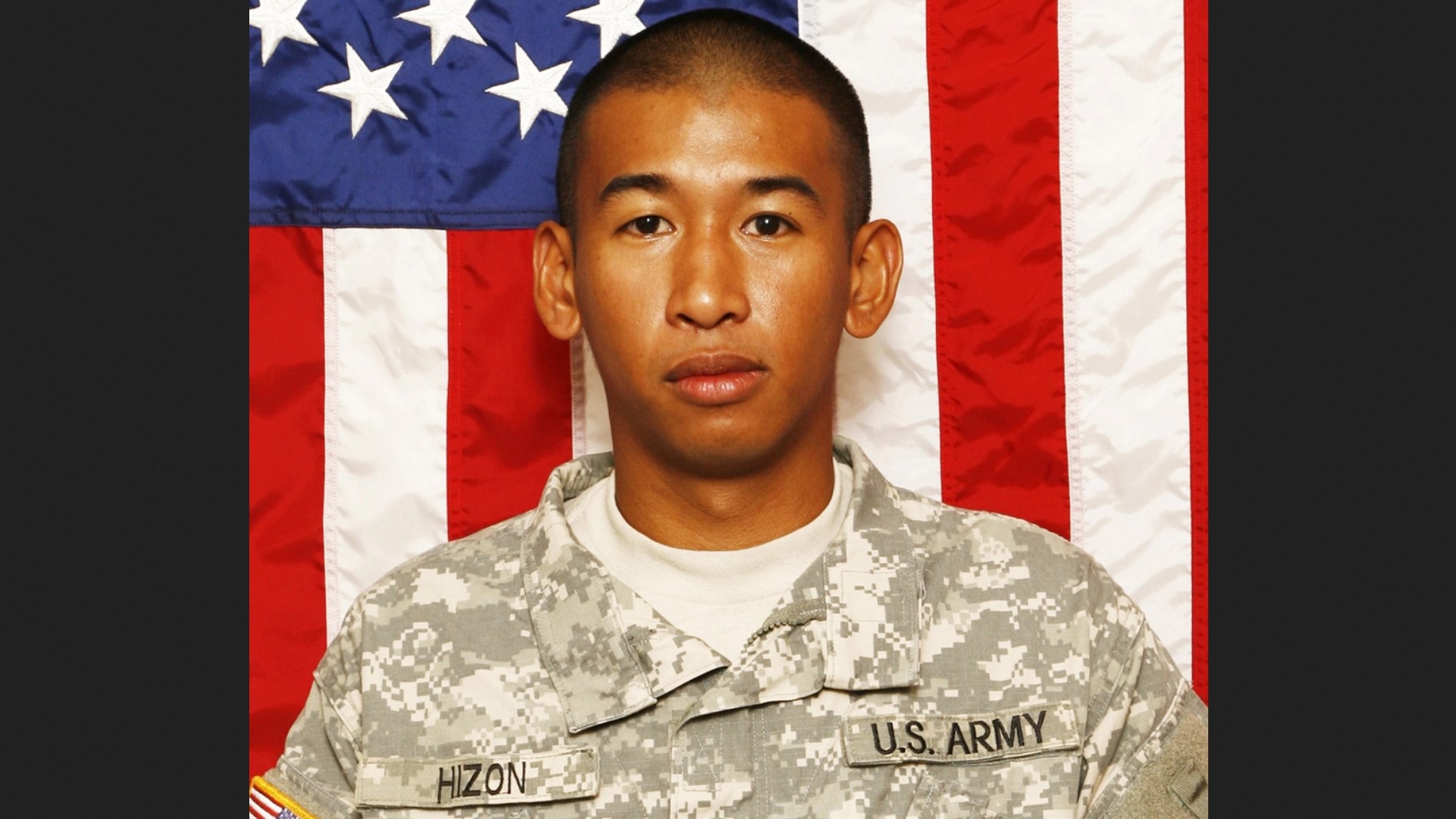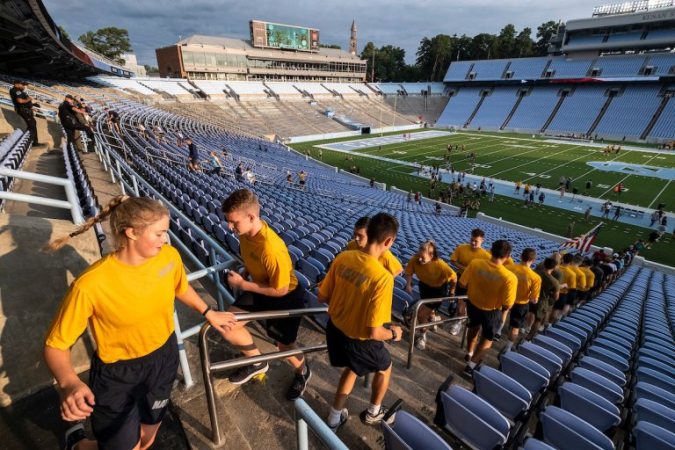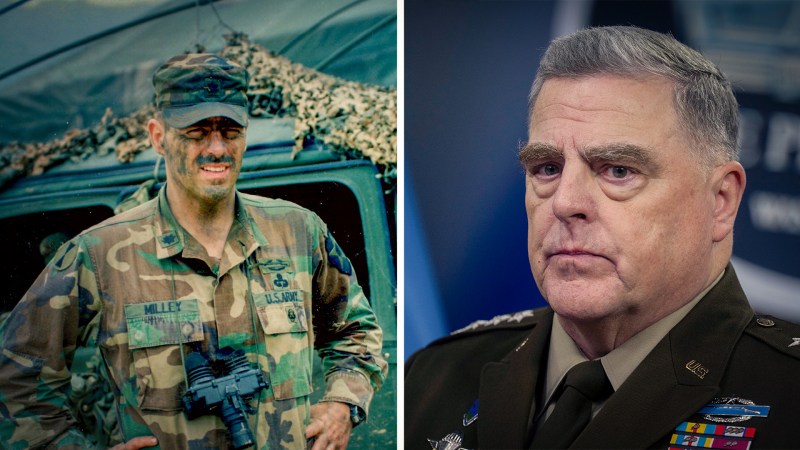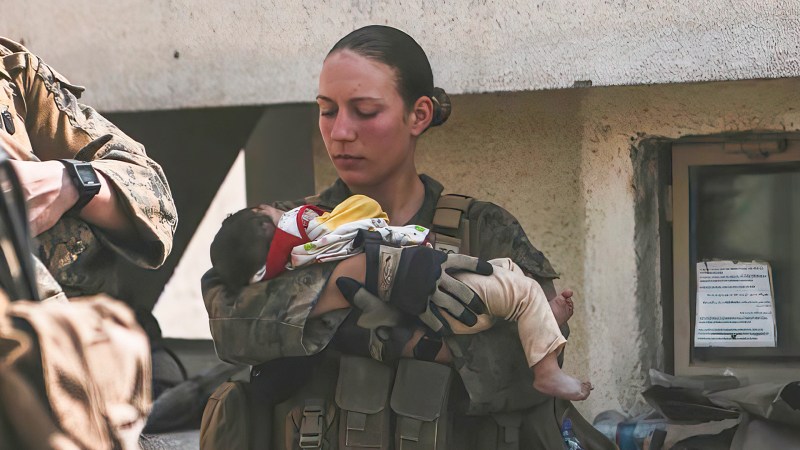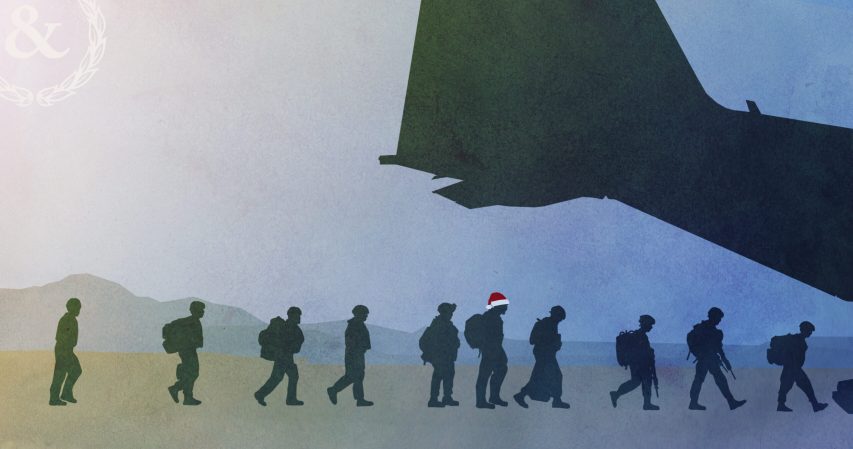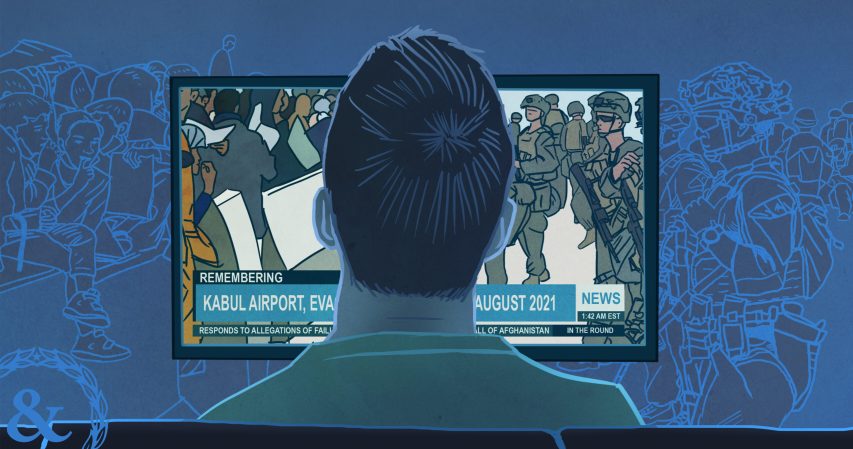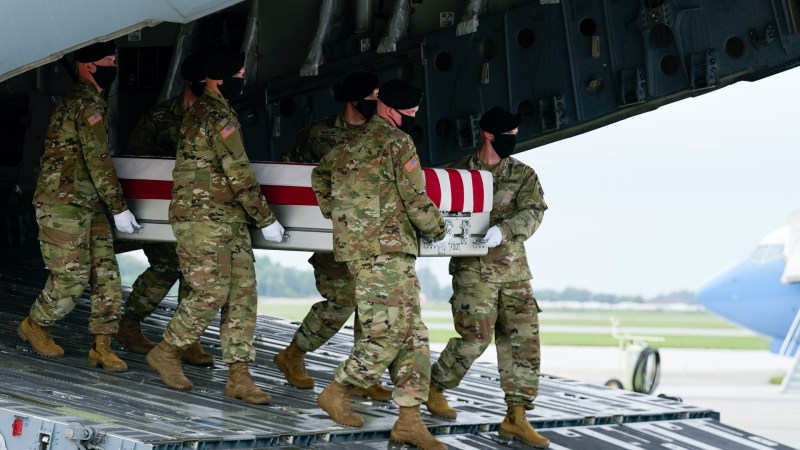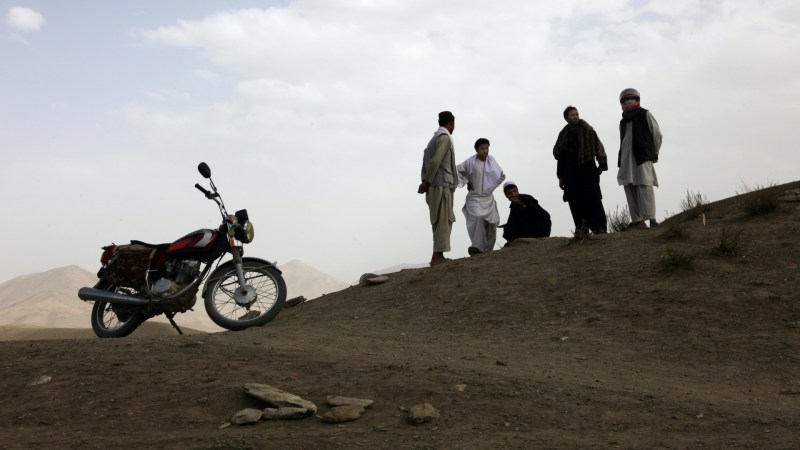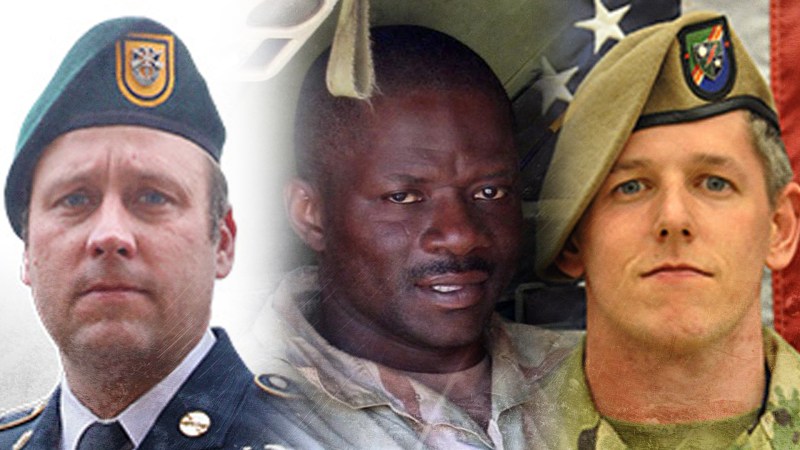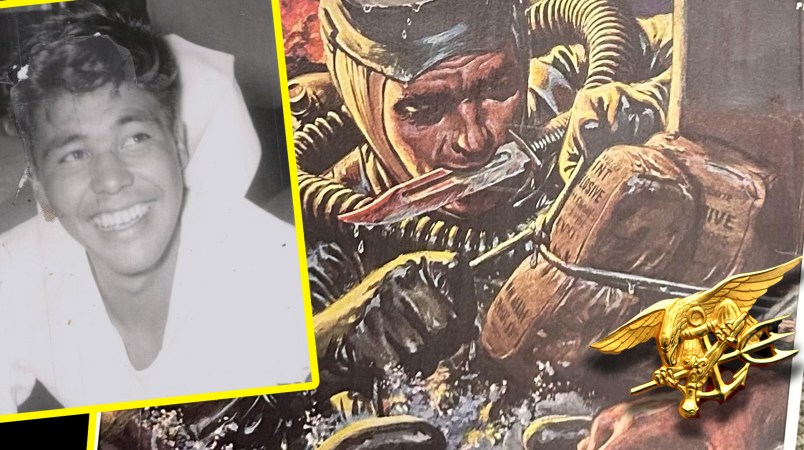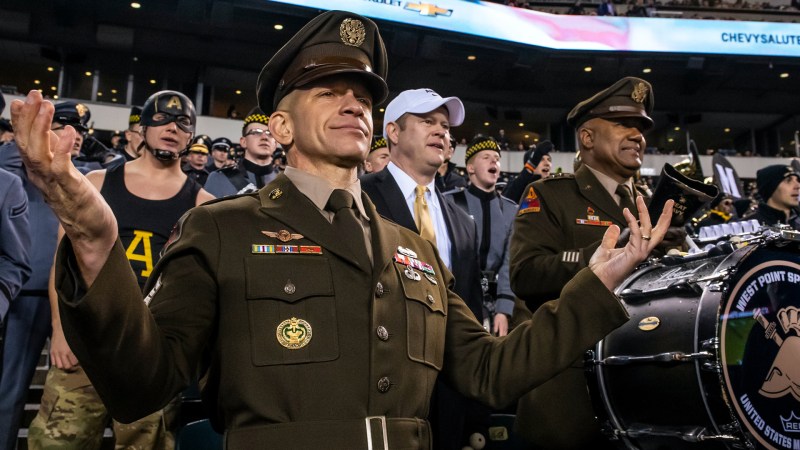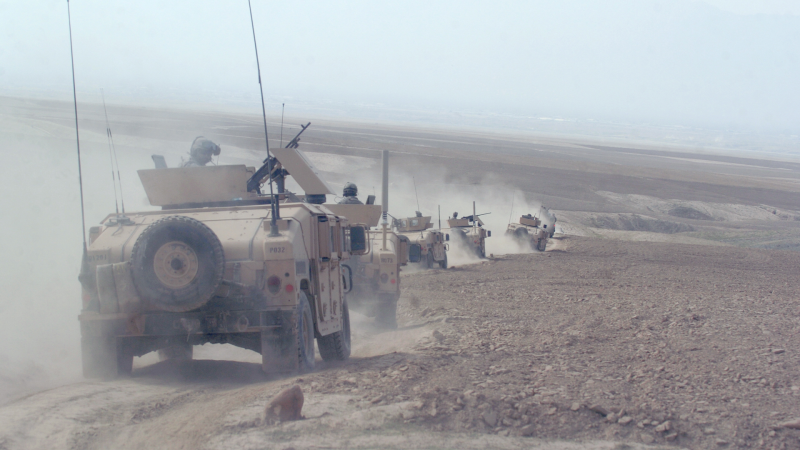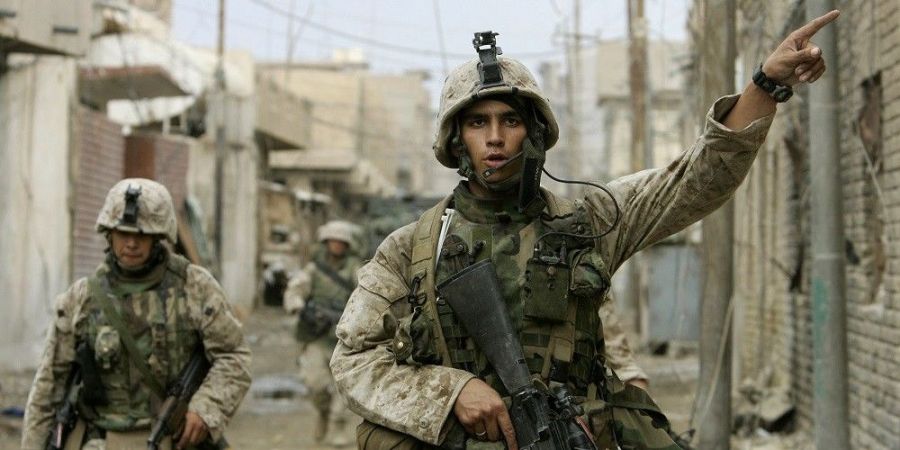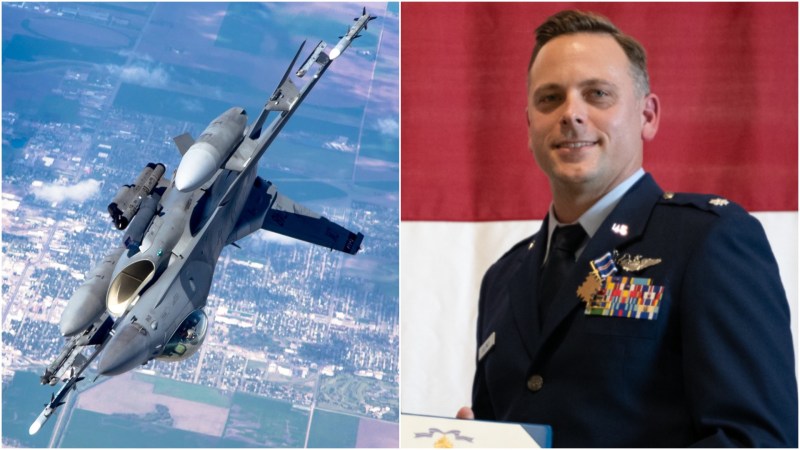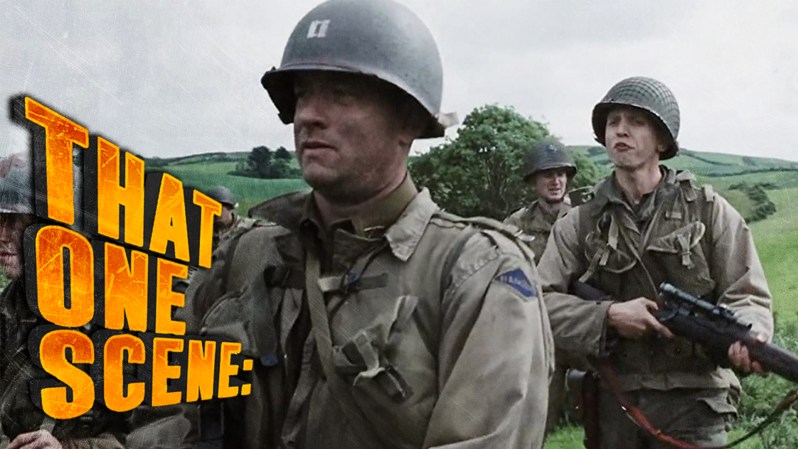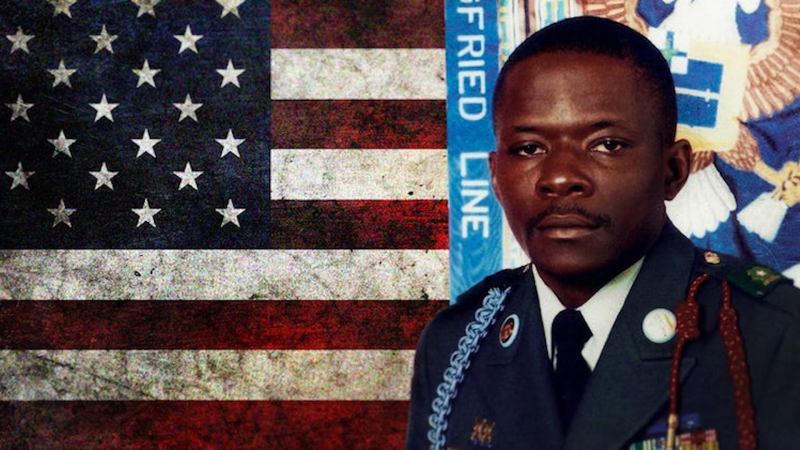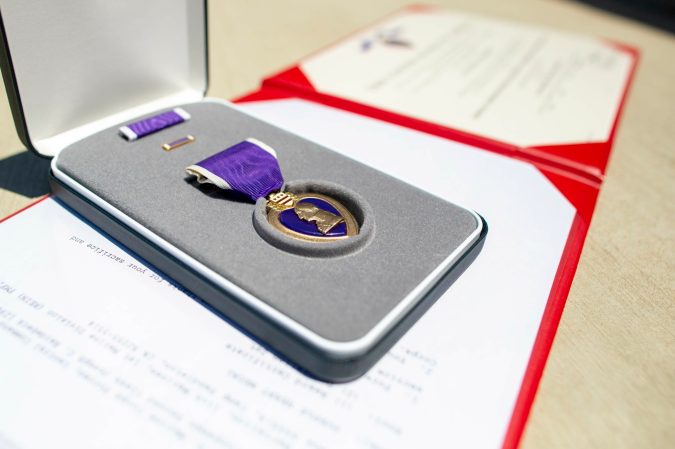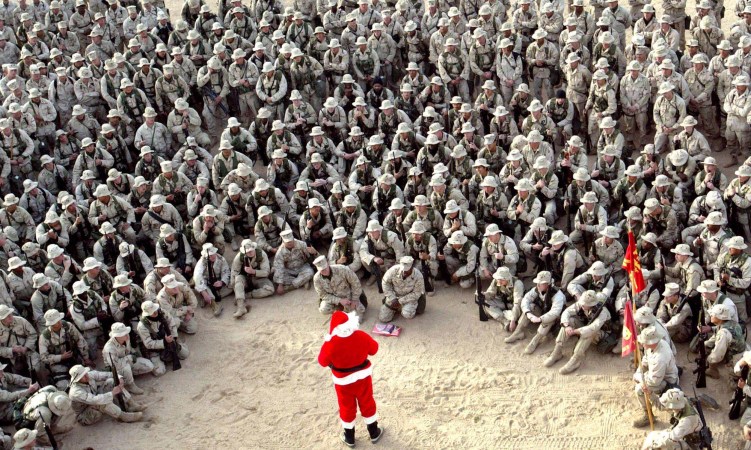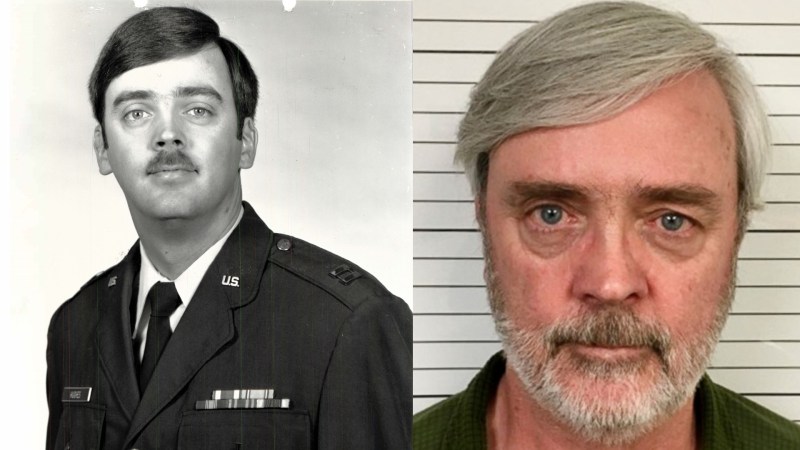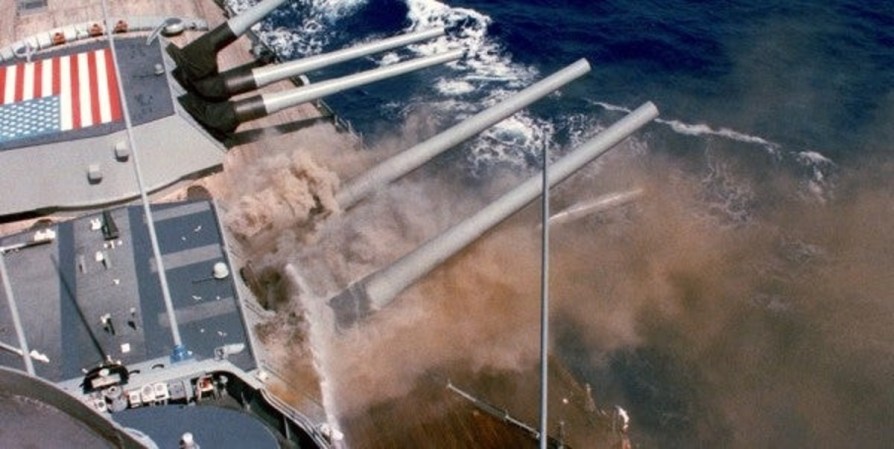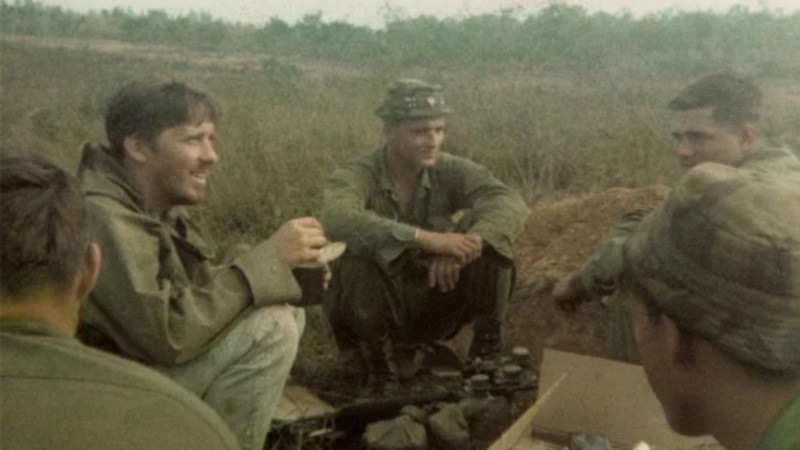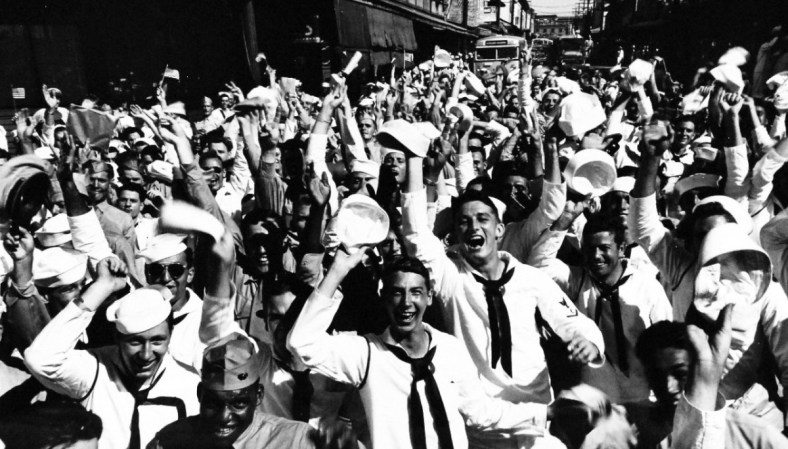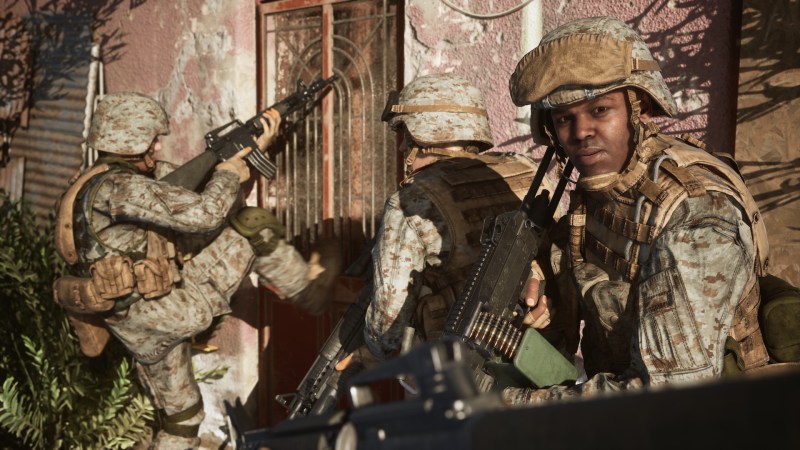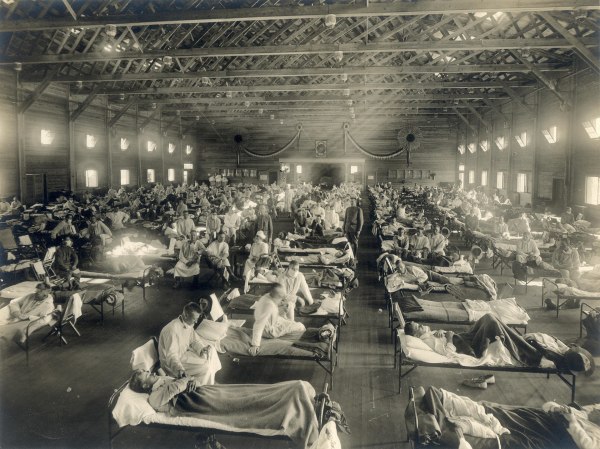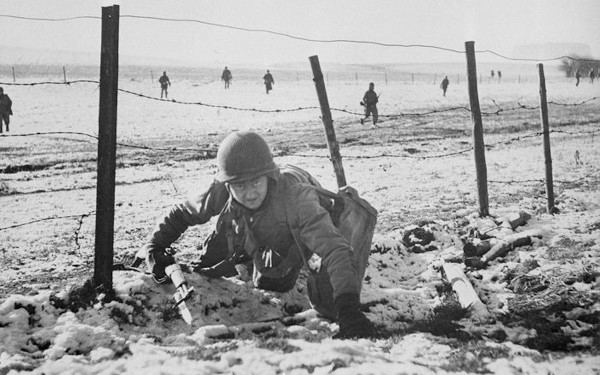Even in a war zone, Spc. Rudolph Ryan Hizon was cheerful. Upbeat, smiling, occasionally sick of military food, but overall cheerful. That’s how his comrades remembered him.
Hizon was an Army soldier, serving in Afghanistan with Company B, 2nd Battalion, 30th Infantry Regiment, 4th Brigade Combat Team, 10th Mountain Division. On Feb. 28, 2011, his unit was operating in the Logar Province, patrolling the Charkh area of the province when it was suddenly attacked by insurgents. They hit the soldiers with a combination of improvised explosive devices, gunfire and rocket propelled grenades. In the fighting, Hizon was hit by the blast of an IED, killing him. He was 22, a soldier, an immigrant and someone who kept trying new things with a positive attitude.
Ryan, as he went by, was born July 10, 1988 in the Philippines. He grew up in Manila, alongside his brother and sister. In 2008, he, his siblings and their father moved to the United States, looking for better opportunities. His mother Rachael remained behind in the Philippines, as she and Ryan’s father were not married. Ryan Hizon, then 19, found himself living in Los Angeles’ Glassell Park neighborhood, starting classes at Glendale Community College. When he ran into an Army recruiter, he was intrigued. He was new to the country, starting over, and the idea of service appealed to him, his family and colleagues remembered.
Hizon joined the U.S. Army soon after, enlisting in January 2009. His father Rodolfo Hizon told the Los Angeles Times that Ryan hoped to become a pilot. He completed basic training at Fort Benning (now Fort Moore) and then was stationed at Fort Polk. He left with other members of 10th Mountain Division for Afghanistan in October 2010.
“Its[sic] a different type of friend who crawls through the mud, encourages you to continue when you feel you can’t, picks you up when you fall down, and holds your ruck when it is too much for you at times,” another soldier, David Roy, who trained with Hizon, wrote on a memorial.
Another tribute came from another soldier who went through basic training with him. Mike Maquet described Hizon as: “Not the biggest, not the meanest but exceptionally memorable. I miss his kind attitude and spiteful wit.”
Ryan Hizon had been in the Army for two years when he died. His death in the ambush came only a few weeks after he had returned to California on leave to visit his family. In Afghanistan, Hizon’s upbeat attitude and smile became a recognizable part of his nature. Soldiers who served with him on the deployment said that he almost always had a smile on his face, even while far from home. One soldier who served with him, Joshua Gonzales, said in a memorial that he would remember Hizon “as the happy and cheerful person he was […] and I’m going to miss him dearly.”
Subscribe to Task & Purpose Today. Get the latest military news and culture in your inbox daily.
After his death, his body was returned back to the United States. His mother was not able to join Ryan’s siblings and dad when the body arrived stateside, but she was able to make it into the country for the March 14, 2011 funeral. Rudolph Ryan Hizon is buried in Forest Lawn Memorial Park in Glendale, California, close to the neighborhood he and his family had moved to in 2008.
For his service, Hizon was awarded the Purple Heart, a Bronze Star, the Afghan Campaign Medal with star device, Global War on Terror Service Medal, Army Service Ribbon, Overseas Service Ribbon, NATO Medal and Combat Infantryman Badge, among others.
Also on March 14, 2011, the same day he was buried, Hizon was posthumously naturalized as an American citizen, according to the Los Angeles Times. Karl Eikenberry, a retired Army lieutenant general and U.S. Ambassador to Afghanistan from 2009-2011, invoked Hizon while speaking at a naturalization ceremony for service members only weeks after. Eikenberry said that although Ryan “was not able to swear the oath of citizenship, we know from his actions that in his heart, he was a true American.”
After his death, his comrades in his unit paid tribute to him in writing and out in Afghanistan. A photo shared to his obituary’s guest book shows 10 soldiers in uniform, standing around a photo of Hizon, which rests on his empty boots.
His father Rodolfo died on Feb. 22, 2021, almost exactly 10 years after his son. He’s buried in the same cemetery in Glendale as his son, next to him. Spc. Rudolph Ryan Hizon’s plaque at his grave bears a single, simple quote from him: “They call us heroes, I don’t know why, I’m just a regular person, choosing to do extraordinary things that other people chose not to.”
The latest on Task & Purpose
- Married Marines graduate from Parris Island boot camp together
- USS Carney had ‘seconds’ to respond to anti-ship ballistic missiles
- 18th Airborne Corps orders soldiers on staff duty to get some sleep
- Bud Anderson, the last World War II ‘triple ace,’ dies at 102
- Air Force general will jump from one to three stars to lead air commandos

